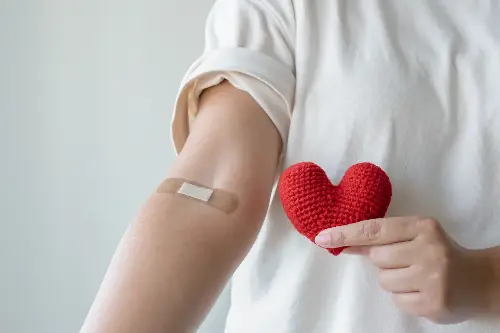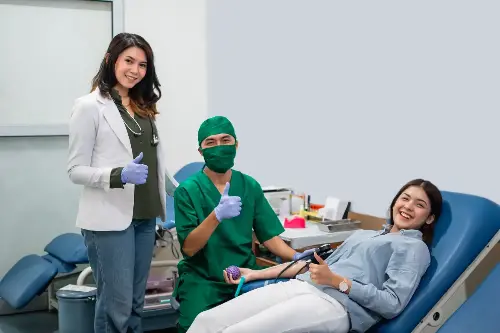Few gestures pack as much quiet heroism as rolling up your sleeve to give blood. While the action itself takes only a few minutes, the effects can last a lifetime—for both the recipient and the donor. Bigger than a simple act of kindness, blood donation is a critical link in the healthcare system, saving lives in emergencies, surgeries and for chronic conditions. Yet, while the need for blood is universal, only a tiny fraction of eligible people ever donate. Let’s explore why being a donor is so much more than ticking a box on your good deeds list.

More Than a Pint: The Medical Need for Blood
Every minute, someone somewhere needs blood. Hospitals rely on a steady supply for a surprising array of medical scenarios. Accident victims, cancer patients, mothers experiencing complicated births—each could urgently require transfusions. In the UK alone, the NHS needs nearly 400 new donors every day to meet demand. Unlike some medicines, blood can’t be manufactured, and its shelf life is shorter than many think: red blood cells last 35 to 42 days, platelets just seven.
Equally, not all blood is the same. The importance of diversity in donors can’t be understated, as certain blood types and rare subtypes are more common in specific communities. When a rare blood group is needed, the pool of suitable donors shrinks dramatically—sometimes to a few individuals nationwide.
The Emotional Impact: Saving Lives, Changing Your Own
The practical benefits are well publicised, but the emotional resonance is rarely discussed. Donating blood provides a unique sense of connection to others. It bridges barriers of age, background and nationality—binding donor and recipient in a shared narrative of hope and resilience.
Many donors express a deep sense of satisfaction, knowing they could have saved a life—or even three, as each donation is split into red cells, plasma and platelets for different patients. Psychologists have found that acts of altruism like blood donation can boost mental wellbeing, lower stress, and encourage social connectedness. In some hospitals, donors are even sent messages when their blood has been used, transforming an anonymous act into a powerful personal narrative.

Surprising Health Benefits for Donors
While giving blood is always voluntary, research hints at some fascinating side effects for donors. Regular donation has been linked in several studies to improved cardiovascular health and better iron regulation, particularly for men and post-menopausal women. The process triggers your body to produce fresh blood cells—a minor biological ‘refresh’ that may lower the risk of certain heart issues.
In addition, every potential donor receives a free basic health check as part of the screening. Blood pressure, haemoglobin levels and overall fitness are regularly monitored. For some, these checks have revealed underlying conditions, catching potential health issues early.
Breaking Myths and Overcoming Fears
Despite the pressing need for donors, myths and misconceptions continue to hold many people back. Fears of pain, needles, or potential after-effects—such as feeling faint—discourage participation. In reality, the sensation is usually no more than a sharp scratch, and most people carry on with their day as normal. The process is handled by trained professionals and strict safety measures.
Some also mistakenly believe their lifestyle, medication, or minor health issues automatically disqualify them. In fact, many everyday medications and conditions do not exclude you from donating; a brief online questionnaire or chat with a nurse can help clarify any concerns.

Who Can Donate—and How You Can Join In
If you’re over 17, in generally good health and weigh at least 50kg, chances are you’re eligible to donate. Women can give blood every 16 weeks; men, every 12. The process usually takes under an hour—including forms, a chat, and post-donation refreshments.
One donation can help up to three people, and new donors are constantly needed. First-time donors are particularly sought after, as many loyal donors are ageing out or developing medical conditions that may make them ineligible.
Booking a session is easier than ever: online appointments, pop-up centres, and even mobile donation vans bring opportunities into the heart of communities. Many workplaces even organise group donation trips—a chance to do good, together.
Giving blood isn’t just about the unit you leave behind on a clinic table. It’s a living, breathing legacy. Each time you donate, you become part of someone’s recovery story—a patient’s second chance, a family’s relief, a community’s hope. In a world often marked by rapid change and uncertainty, this quiet partnership between stranger and stranger remains a beacon of humanity. So next time you see a blood drive passing through your area, remember: you’re not just donating blood. You’re making a difference that ripples far beyond your own life.
